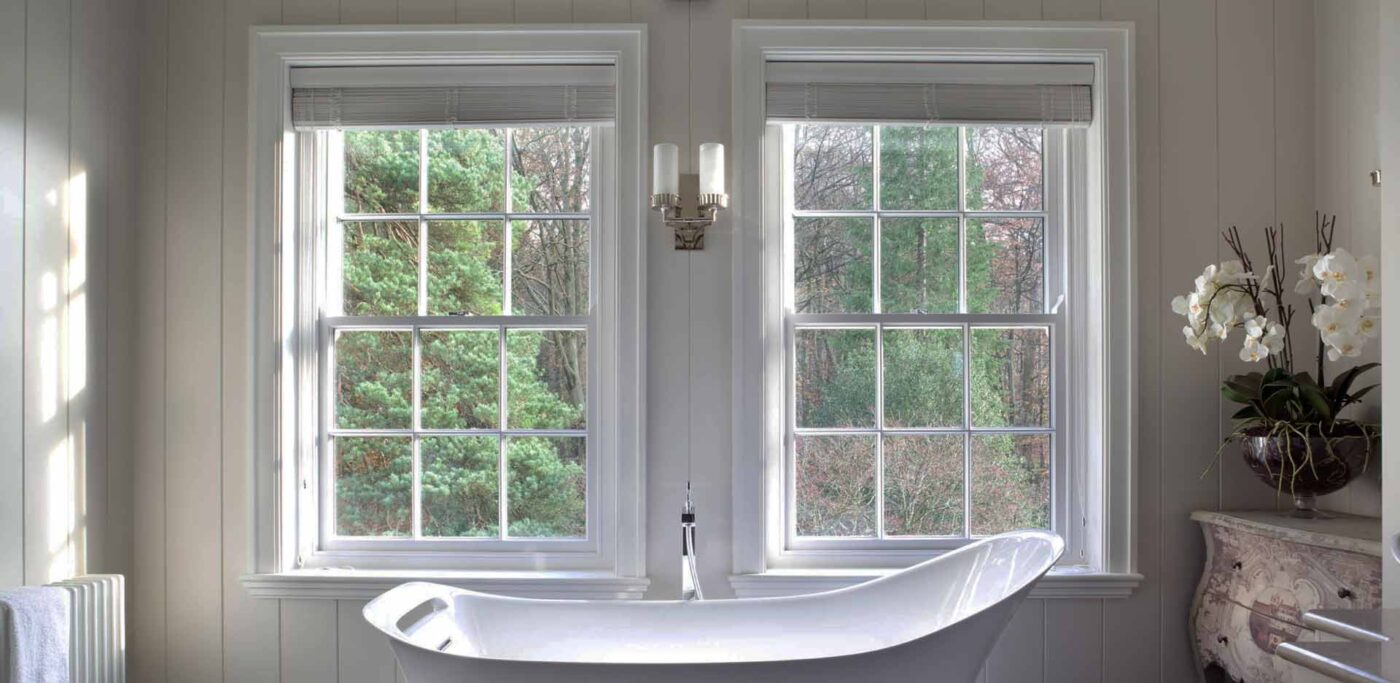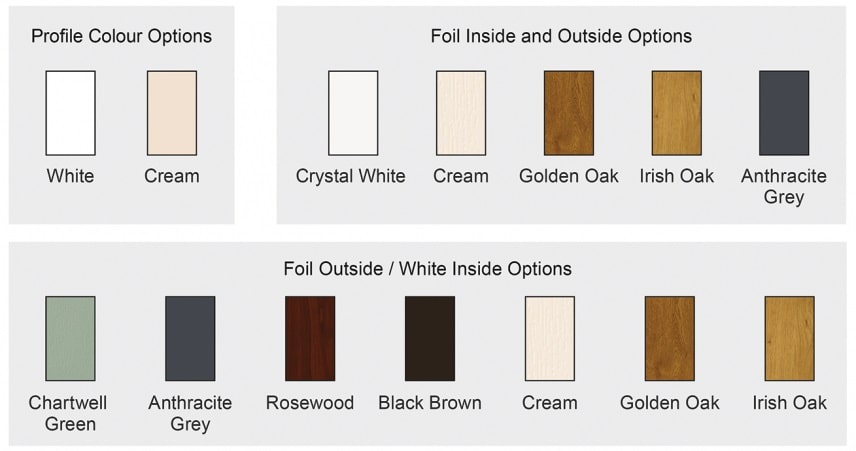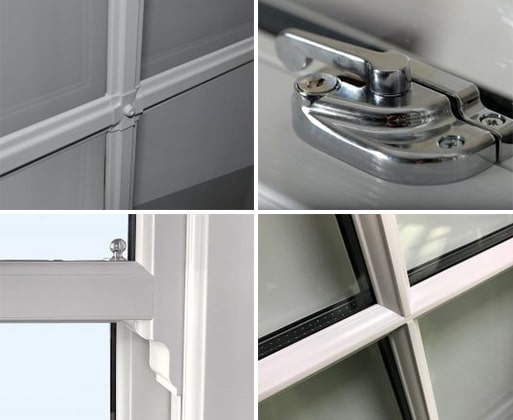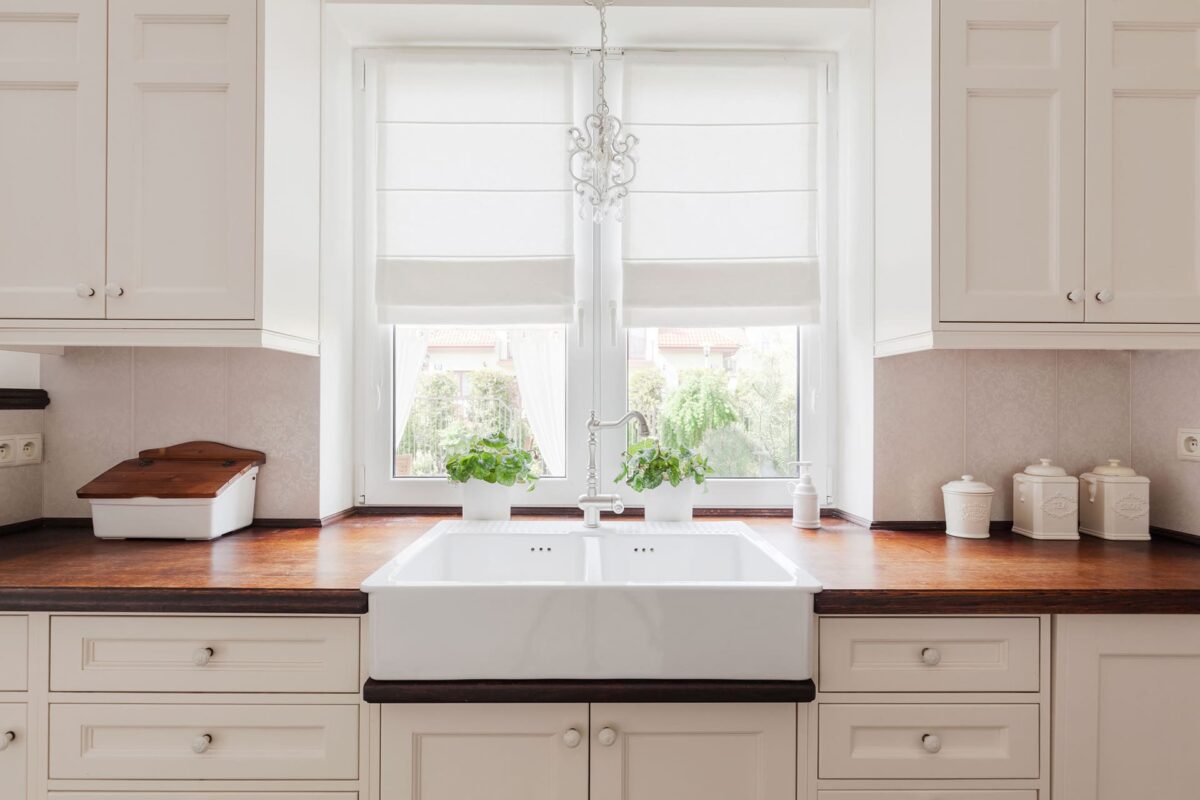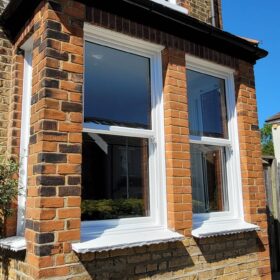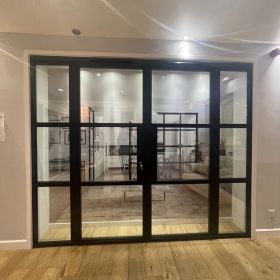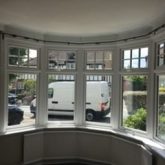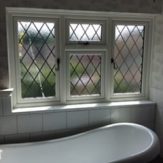Our Range
Sash Windows Leyton
Sash windows are a traditional style of glazing unit seen in many Leyton properties. Traditionally manufactured from wood, uPVC replacement sash windows have become popular due to the increased lifespan, design and colours available. When compared to the cost of replacing wooden sash windows. uPVC wins hands down. There is no need to compromise on the aesthetic of your property as all traditional styles and shapes are available in uPVC with easy maintenance operation.
Each sash tilts inwards for ease of cleaning. Requiring only a wipe with a damp cloth, the frames and glass can be cleaned from inside the property, which is particularly convenient for windows that are installed on upper floors. All our windows come with traditional features such as sash horns, handles and catches. For more information on our uPVC double glazed windows, doors and conservatories, please see our double glazing page.

